
Welcome to the homepage of the galaxy structure and dynamics group. We are an independent research group in Shanghai Astronomical Observatory led by Ling Zhu. Our research mostly focuses on galaxy structure and dynamics, including but not limited to
Currently we have two staff members, two post-doc reseachers, and four students in the group.

lzhu@shao.ac.cn
Hi, I am Ling Zhu, I have led this research group in Shanghai Astronomical Observatory (中国科学院上海天文台) since 09/2018. Before joining SHAO, I was a postdoc researcher at the Max Planck Institute for Astronomy, Heidelberg, Germany (德国马普天文所) from 2013-2018. I got my Ph.D. degree at the Center for Astrophysics, Tsinghua University (清华大学天体物理中心) in 2013. I obtained my Bachelor's degree from Department of Physics, Tsinghua University, Beijing (清华大学物理系) in 2008.
My publication list can be found in: My ads library and Orcid: 0002-8005-0870.
See my online talks: Uncover galaxies' ancient massive merger events
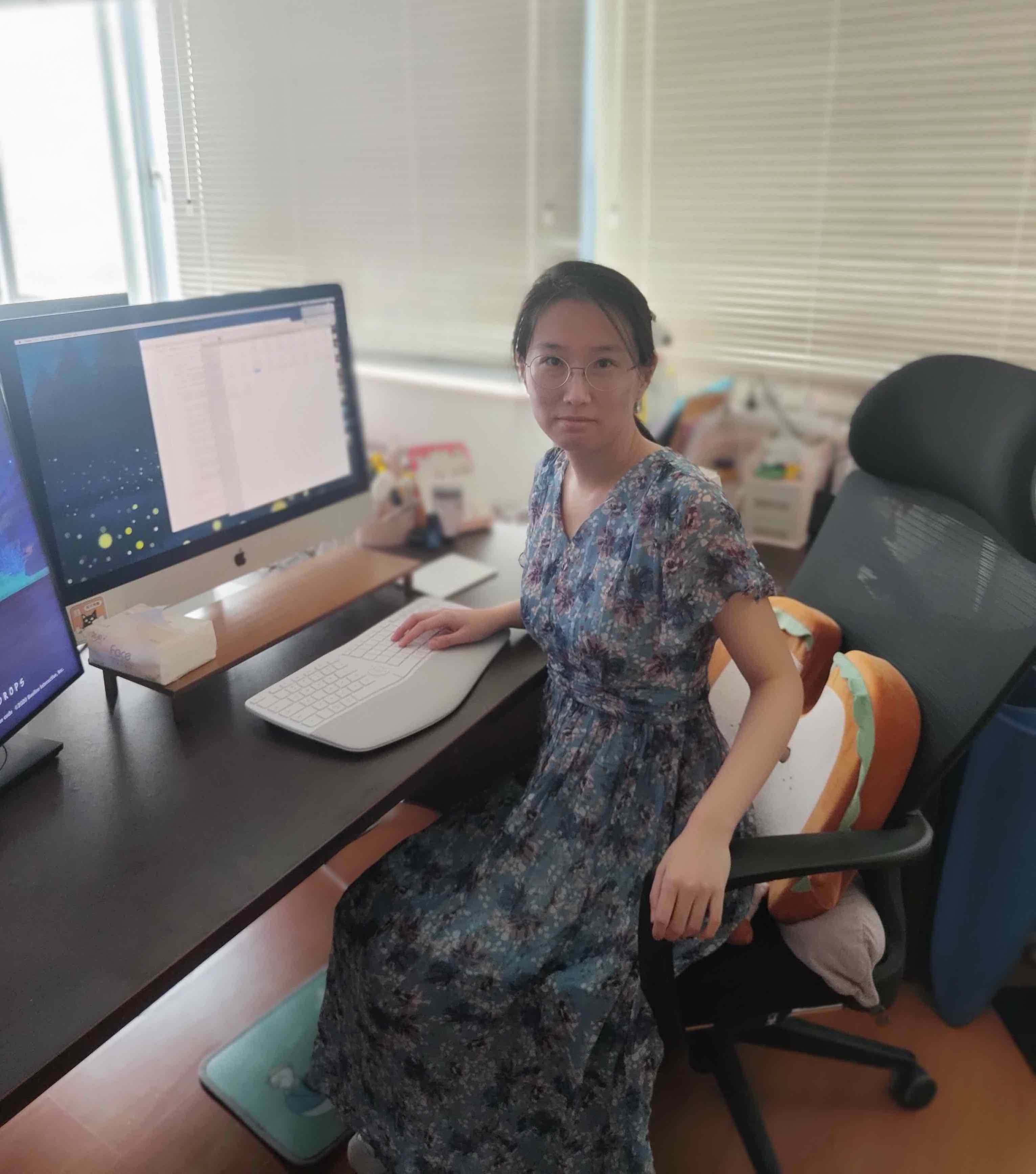
myang@shao.ac.cn
Hello, I am Meng Yang, currently working as an assistant researcher at the Shanghai Astronomical Observatory (SHAO), Chinese Academy of Sciences (中国科学院上海天文台). Prior to joining SHAO, I completed my Ph.D. at the University of St Andrews in 2020. I earned my Bachelor's and Master's degrees from the Department of Physics at Tsinghua University (清华大学物理系) in Beijing in 2013 and 2016 respectively. My research interests lie in the field of galaxy formation and evolution. I am dedicated to investigating galaxy structures using galaxy dynamical modelling techniques combined stellar and HI kinematics.

jinyunpeng@shao.ac.cn Personal Homepage
Dynamical structure, CALIFA, MANGA

yangchengqun@shao.ac.cn Personal Homepage
Milky Way halo, streams
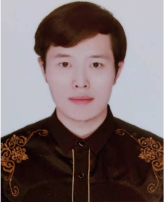
zhangle@shao.ac.cn Personal Homepage
Galaxy structure formation and evolution


shihanjing21@mails.ucas.ac.cn Personal Homepage
The co-evolution of galaxies and central BHs

cairunsheng@shao.ac.cn Personal Homepage
Uncover galaxy merger history
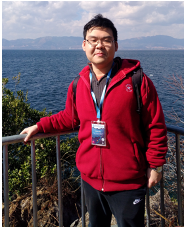
Galaxy structure formation in Fornax cluster

Dynamical modelling to external barred galaxies
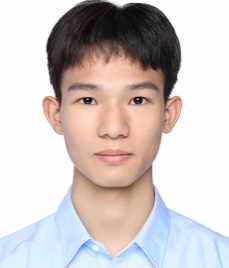
Dark matter distribution in M31
We apply a population-orbit superposition method to about 100 CALIFA galaxies, and finally colored their stellar orbits, which we obtained in Zhu+2018, with the information of stellar age. Thus we have been able to dynamically decompose the bulge, and quantify mass and stellar age of bulge for a large sample of galaxies. We find that massive bulges are usually older, while less massive bulges are younger. The CALIFA galaxies show bimodality in both the stellar mass and stellar age distributions, which indicates different formation scenarios of the low mass and high mass bulges. (See our paper: Jin+2023, A&A, in press )

We apply a population-orbit superposition method to 16 galaxies in the Fornax cluster observed with MUSE/VLT in the context of the Fornax3D project. For galaxies in the Fornax cluster, we found that the luminosity fraction of cold disk in galaxies fell into the cluster early are a factor of ∼4 lower than in more recent infallers while controlling for total stellar mass. Nine of the 16 galaxies have spatially extended cold disks, and most of them show positive or zero age gradients; stars in the inner disk are 2-5 Gyr younger than that in the outer disk, in contrast to the expectation of inside-out growth. Our results indicate that the assembly of cold disks in galaxies is strongly affected by their infall into clusters. (See our paper: Ding+2023, A&A, 672, 84 )
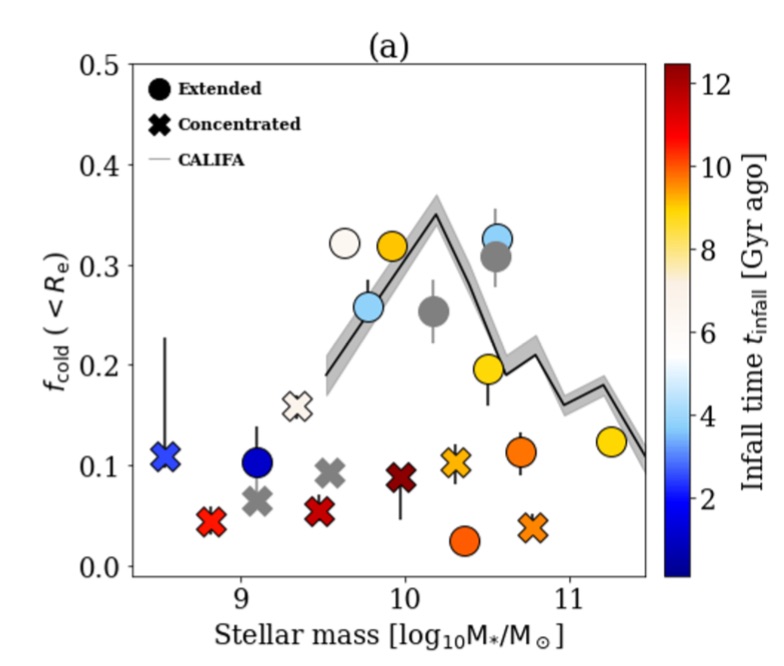
We modify the triaxial orbit-superposition Schwarzschild implementation by van den Bosch et al. to include barred structures explicitly. Our model fits the observed 2D surface density and all kinematic features well. The bar pattern speed is recovered well with a relative uncertainty smaller than 10%. Based on the internal stellar orbit distribution of the model, we decompose the galaxy into an X-shaped bar, a boxy bulge, a vertically extended structure and a disk, and demonstrate that our model recovers these structures generally well. Our method provides a realistic way of modeling the bar structure explicitly for nearby barred galaxies with IFU observations. (See our paper: Tahmasebzadeh+2022, ApJ, 941, 109 )
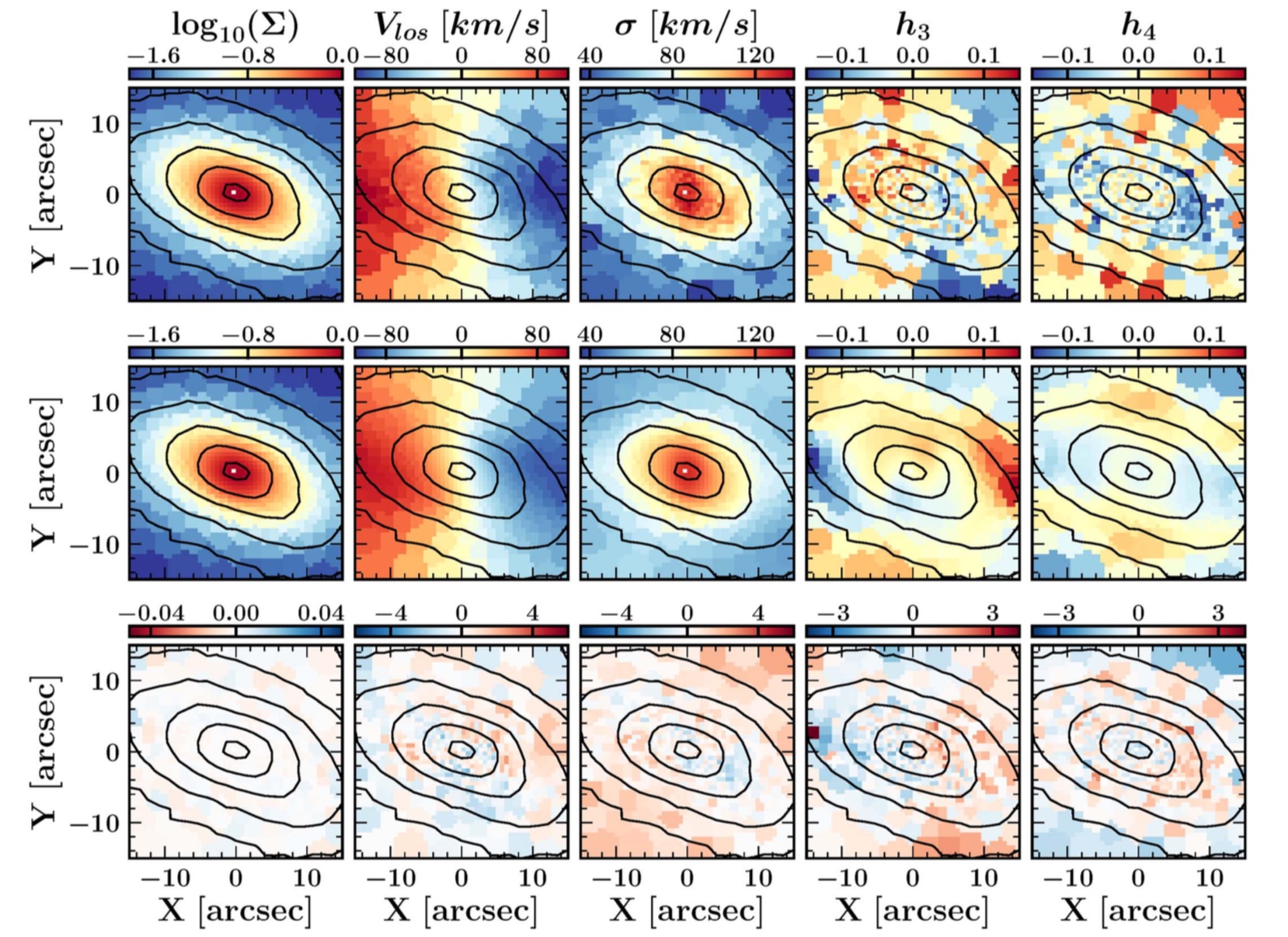
Under the assumption that the stellar halo is in dynamical equilibrium and is axisymmetric, we integrate the orbits of ~10,000 halo K giants at 5 ≤ r ≤ 50 kpc cross-matched from LAMOST DR5 and Gaia DR3, thus construct the stellar halo distribution at the entire regions of r ≤ 50 kpc. We find that a double-broken power-law function well describes the stellar halo’s density distribution with shallower slopes in the inner regions and the two breaks at r = 10 kpc and r = 25 kpc, respectively. The halo interlopers at r ≤ 5 kpc from integration of our sample can explain 50-100% of the metal-poor stars with [Fe/H] < -1.5 directly observed in the Galactic central regions. (See our paper: Yang+2022, AJ, 164, 241 )

Deriving galaxies' past merger history is challenging, as the accreted stars disperse quickly. For the first time, we discover major merger events in early-type galaxies beyond the Local Volume, i.e., NGC 1380 and NGC 1427 in the Fornax galaxy cluster (The paper: Zhu+2022, A&A, 664, 115 , and public advertisement 科普性质的宣传 ) Orbital structure decompostion, based on a population-orbital superposition model ( Zhu+2020, MNRAS, 496, 1579 ) fitting to spectroscopic data taken with the integral-field unit MUSE on the ESO’s Very Large Telescope (VLT), is the critical step for this discovery. See online talk.
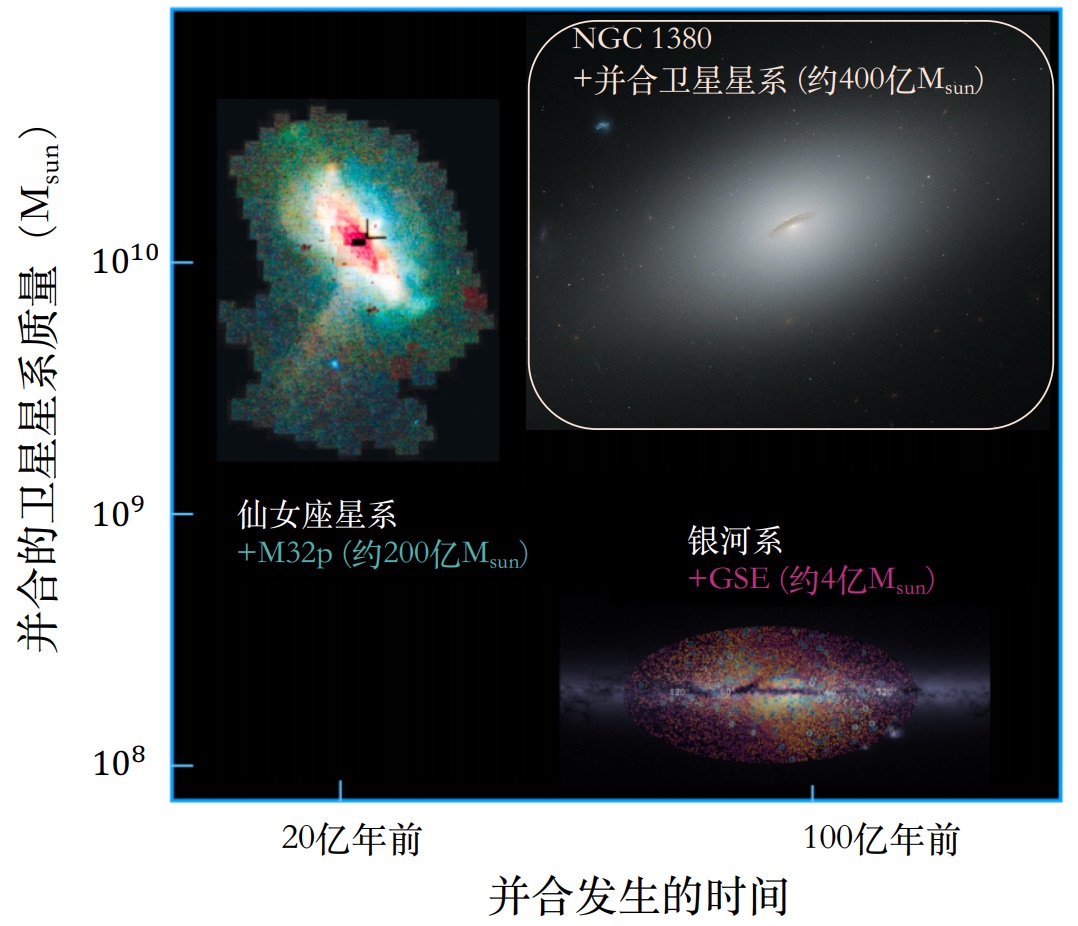
The only four systems in the nearby universe with merger mass and merger time accurately obtained. Before our work, the major merger events were only uncovered in the two massive local group spirals, the Milky Way and M31. The merger event in NGC 1380 is the oldest and most massive one identified in the nearby galaxies so far.
By analyzing the cosmological hydrodynamical simulations TNG50, TNG100 and EAGLE, we find that a dynamical structure, which we call the ‘hot inner stellar halo’, is the relics of massive and typically ancient mergers, thus a strong indicator of the mass of accreted satellite galaxies. We find a strong correlation between this hot inner stellar halo and the total ex-situ stars, in both mass and mass fractions. The correlation is similarly strong with the most massive galaxy ever merged. (See our paper: Zhu+2022, A&A, 660, 20 )

Reconstructing the 3D intrinsic density distribution of a barred galaxy from the 2D image is challenging, but is a critical step for constructing galactic dynamical models. We present a method for deprojecting barred galaxies and validate the method by testing against mock images created from an N-body simulation with a peanut-shaped bar. Our model can generally recover the 3D density distribution of disk and inner barred bulge regions, and it supports the orbits that generate a boxy/peanut-shaped structure and an elongated bar similar to these in the true potential. (See our paper: Tahmasebzadeh+2021, MNRAS, 508, 6209 )

We present an analytical model to identify thin discs in galaxies based on asymmetric drift under a thin-disc assumption. We explore the morphologies of our sample and find that lenticular galaxies show a dichotomy in their kinematic classification, which is related to their different star formation rates and gas fractions. We propose two possible scenarios to explain these results. (See our paper: Yang+2021, MNRAS, 504, 2658 )

Using the data from the CALIFA IFU survey, we obtained the stellar orbit distribution of a large sample representative of the general properties of galaxies in the local universe. We have been able to provide a orbit-based 'Hubble sequence' which is a comprehensive, quantitatively description of galactic structures ( Zhu+2018, Nature Astronomy, 2, 233 ). We call it 'library of galaxy histories'.

Applications are invited for both graduate student and postdoc positions in our group. Both Chinese and international applicants are welcome.
If you are interested in pursuing either Master's or PhD degree in our group, please feel free to contact Ling Zhu for more details. Standard financial support in various forms is available. Shanghai Astronomical Observatory usually provides strongly subsidized dormitory housing for graduate students.
本课题组有一些很适合硕士和博士阶段的课题。非常欢迎感兴趣的同学申 请加入、保研或报考我们课题组。我们同时也支持一部分本科生到我们课题组做一些短期项目,包括研究实习与毕业论文。可以随时通过Email联系咨询我们。
Related Links
Helpful Resources
Address
16th Floor, Astronomy Building